Looking for the best rib seasoning tips? These 7 spice hacks will transform your ribs from ordinary to extraordinary. From dry brining to perfect rub application, learn how to elevate your ribs from good to unforgettable.
Table of Contents
- Spice Storage Basics: Keep That Flavor Fresh
- Hack #1: The Dry Brine Secret
- Hack #2: Smoke It Up with Spice Blends
- Hack #3: Rub Like a Pro
- Hack #4: Layer Those Layers
- Hack #5: The Wet vs. Dry Debate
- Hack #6: Refrigerate or Freeze Your Blends?
- Hack #7: Salt is Your Best Friend
- Buying Guide: Must-Have Spice Tools & Kits
- Frequently Asked Questions About Rib Seasoning
- Conclusion
Spice Storage Basics: Keep That Flavor Fresh
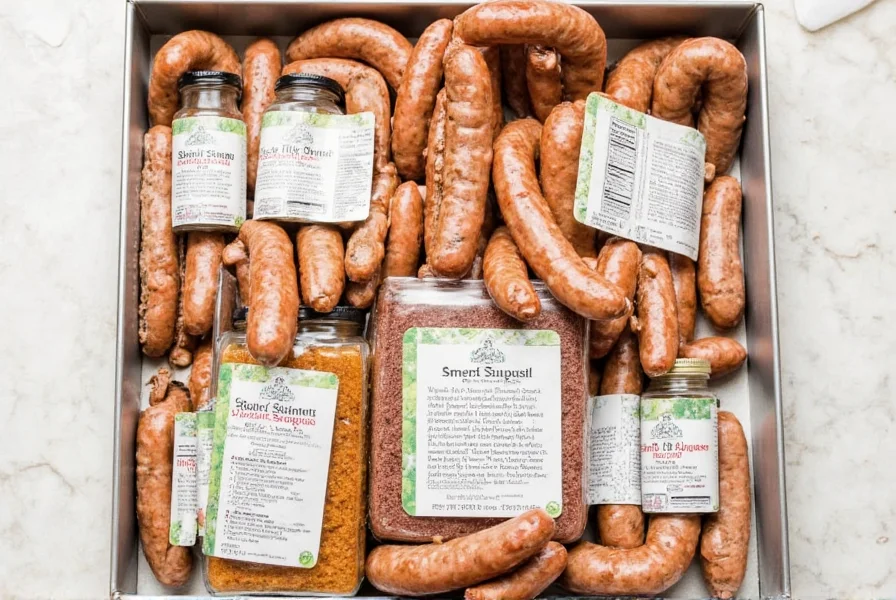
Before diving into the juicy rib hacks, let's talk about something often overlooked: spice storage. Yes, those cute little bottles look great on your counter, but are they helping your food taste better?
Here's a quick cheat sheet:
| Spice Type | Storage Method | Shelf Life |
|---|---|---|
| Whole Spices (e.g., peppercorns) | Airtight container, cool dark place | 3–4 years |
| Ground Spices | Dark glass jar, pantry or cupboard | 2–3 years |
| Fragrant Herbs (like basil, oregano) | Airtight container away from heat | 1–2 years |
| Smoked Paprika / Chili Powders | Refrigerated in sealed container | 6 months–1 year |
Hack #1: The Dry Brine Secret

You might be wondering, "What even is a dry brine?" Great question! It's basically salt and spices rubbed into the meat and left to rest overnight.
- Draws out moisture, which then gets reabsorbed with flavor
- Results in juicier, more tender ribs
- Perfect for slow cooking or smoking
Pro Tip: Use coarse kosher salt and a mix of garlic powder, onion powder, paprika, and black pepper for a classic base.
Hack #2: Smoke It Up with Spice Blends
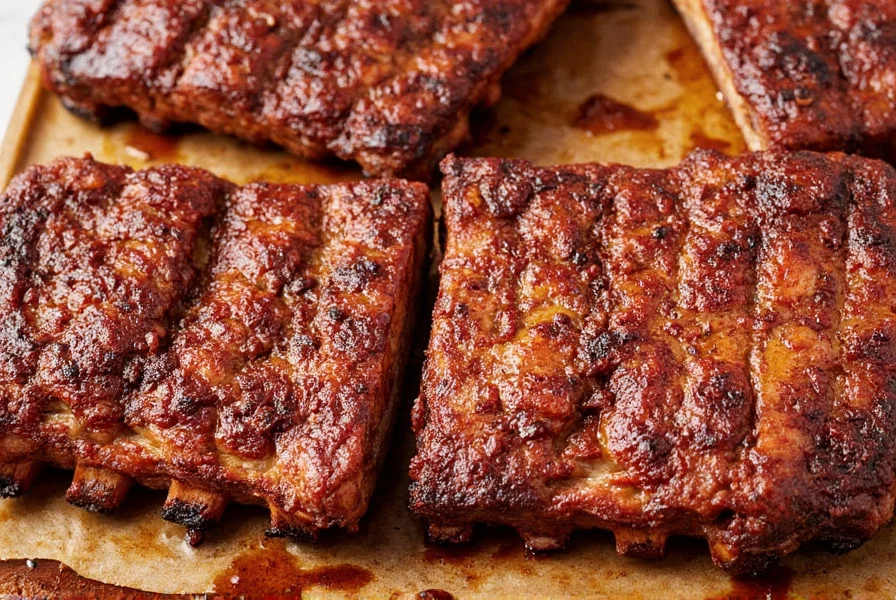
Want that authentic pit-stop flavor? Pair your favorite spice blends with wood chips in your smoker. Hickory, applewood, and mesquite each offer unique flavor profiles that pair beautifully with different rubs.
Try these combinations:
- Applewood + Maple Sugar + Paprika = Sweet and smoky perfection
- Mesquite + Garlic Powder + Cayenne = Bold and fiery
- Hickory + Brown Sugar + Thyme = Classic BBQ
Hack #3: Rub Like a Pro

The secret to restaurant-level ribs is in the application of the rub. Don't just sprinkle—it's time to massage!
- Pat ribs dry before applying rub
- Press the rub firmly into every surface
- Wrap in plastic and refrigerate for 1–2 hours
This allows the flavors to penetrate deeper, ensuring each bite bursts with goodness.
Hack #4: Layer Those Layers

You wouldn't wear only one layer in winter, so why season your ribs with just one layer of flavor?
- Dry brine first
- Add a spice rub
- Baste with sauce during last 30 minutes of cook time
This trifecta of seasoning ensures depth and complexity in every mouthful.
Hack #5: The Wet vs. Dry Debate
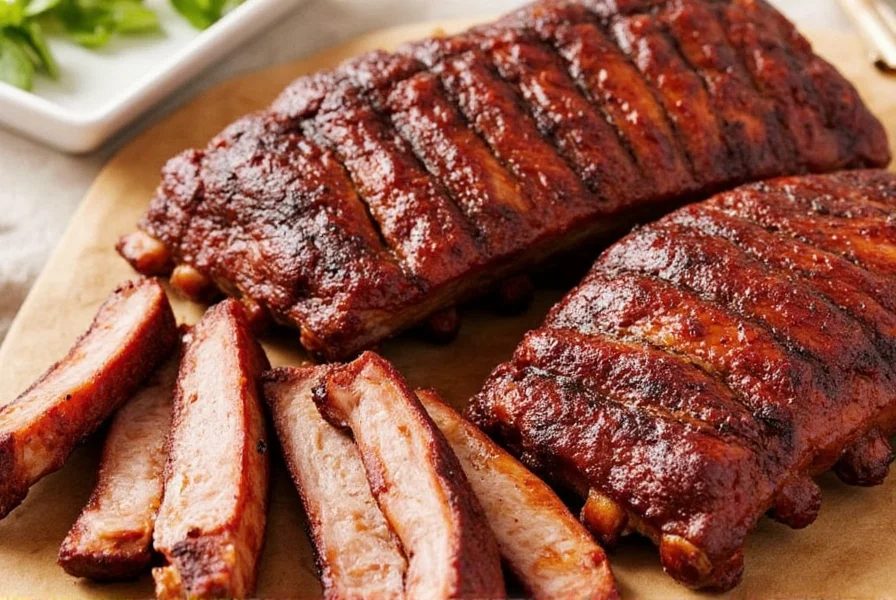
| Wet Rub | Dry Rub |
|---|---|
| Mixed with oil or mustard | Pure ground spices |
| Better adhesion to meat | Allows formation of bark |
| Great for short-cook items | Ideal for long smokers |
Both have their merits, but for ribs that sit low and slow, a dry rub lets the crust develop beautifully.
Hack #6: Refrigerate or Freeze Your Blends?
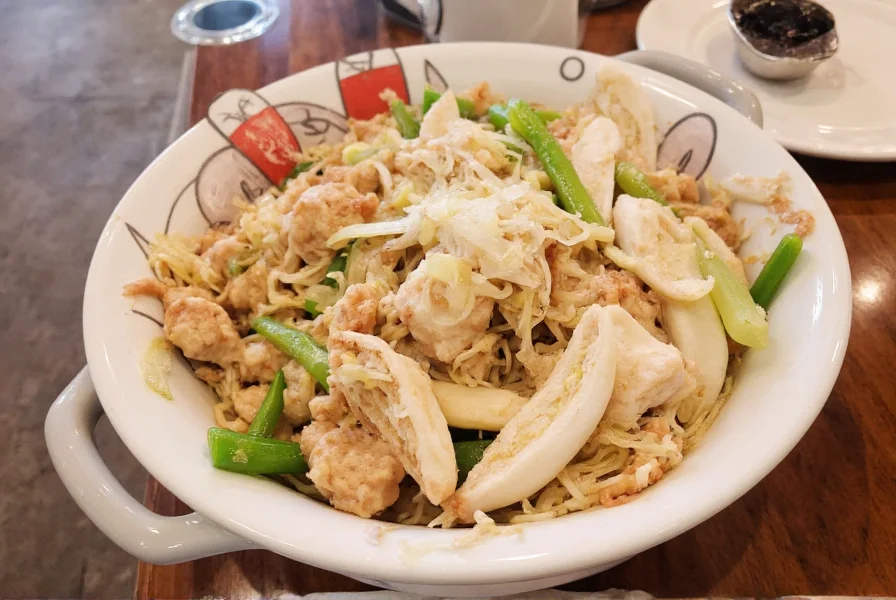
If you make large batches of your favorite spice mixes, consider storing them in the fridge or freezer. Especially if you live in a hot climate or use them infrequently.
- Reduces oxidation
- Preserves volatile oils in herbs
- Keeps chili powders fresher longer
Label and date each container. You'll thank yourself later.
Hack #7: Salt is Your Best Friend
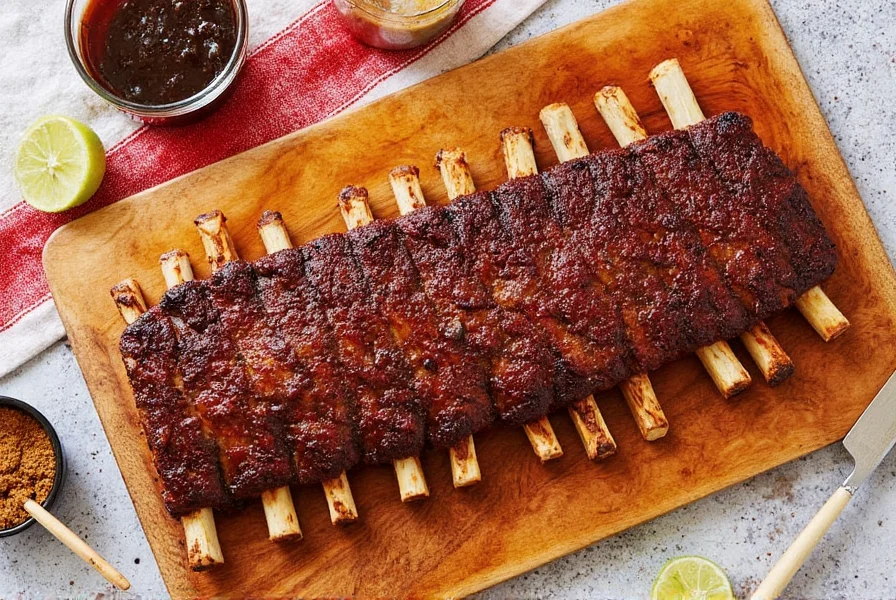
Salt isn't just for making things taste salty—it's the backbone of any good rib seasoning.
- Kosher salt for texture and absorption
- Sea salt for finishing touches
- Celtic salt for mineral-rich punch
Use about ½ tsp per pound of meat as a starting point, adjusting based on personal preference and other ingredients in your rub.
Buying Guide: Must-Have Spice Tools & Kits
If you're serious about perfecting your rib seasoning game, invest in these must-have tools and kits. We've rounded up some top picks tailored for both beginners and seasoned spice hackers.
1. The Ultimate Spice Rack

- Features: Magnetic mount, modular jars, stainless steel finish
- Advantages: Space-saving, keeps spices organized and visible
- Best For: Home chefs with limited countertop space
- Occasion: Daily cooking and spontaneous meal prep
2. Precision Measuring Spoon Set

- Features: Flat-bottom design, engraved measurements
- Advantages: Accurate measurements, easy to clean
- Best For: recipe-followers and spice blend lovers
- Occasion: Weekend roasts and holiday feasts
3. Smoker Wood Chip Kit
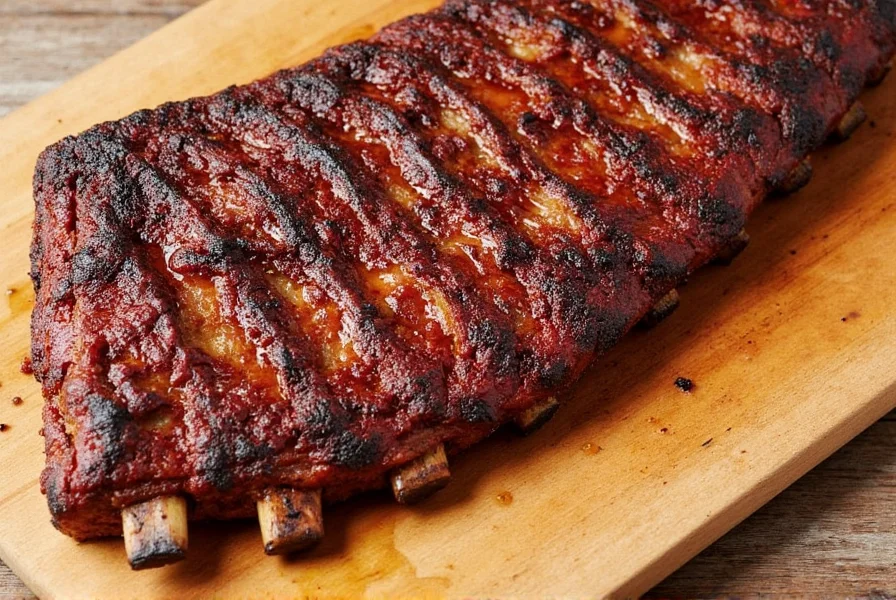
- Features: Variety pack (hickory, apple, cherry, mesquite)
- Advantages: Versatile for all meats, enhances natural flavors
- Best For: grill masters and outdoor cooking enthusiasts
- Occasion: Summer barbecues and camping trips
4. DIY Spice Grinder Mill
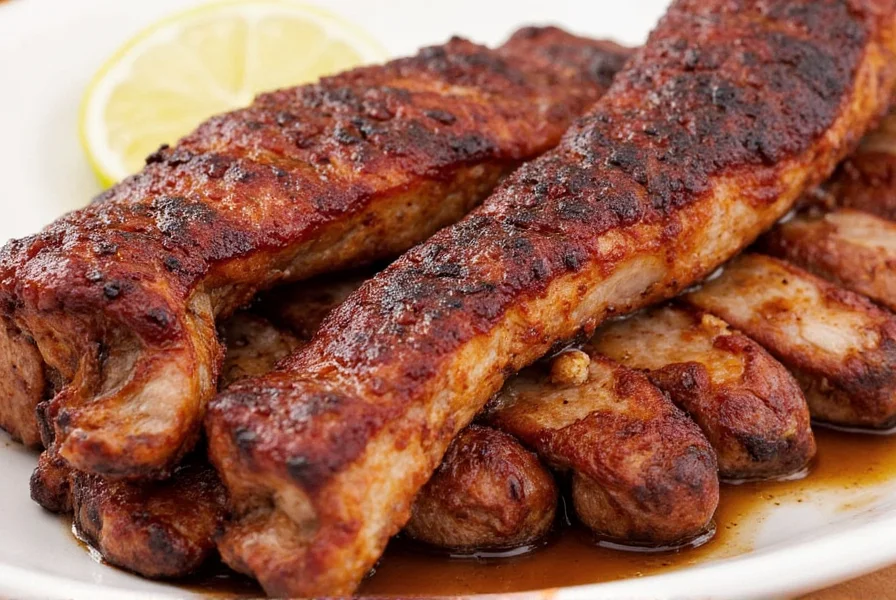
- Features: Adjustable grind settings, ceramic burrs
- Advantages: Freshly ground spices every time, no additives
- Best For: purists who want control over texture
- Occasion: Slow mornings and special occasions
5. Rib Seasoning Starter Kit
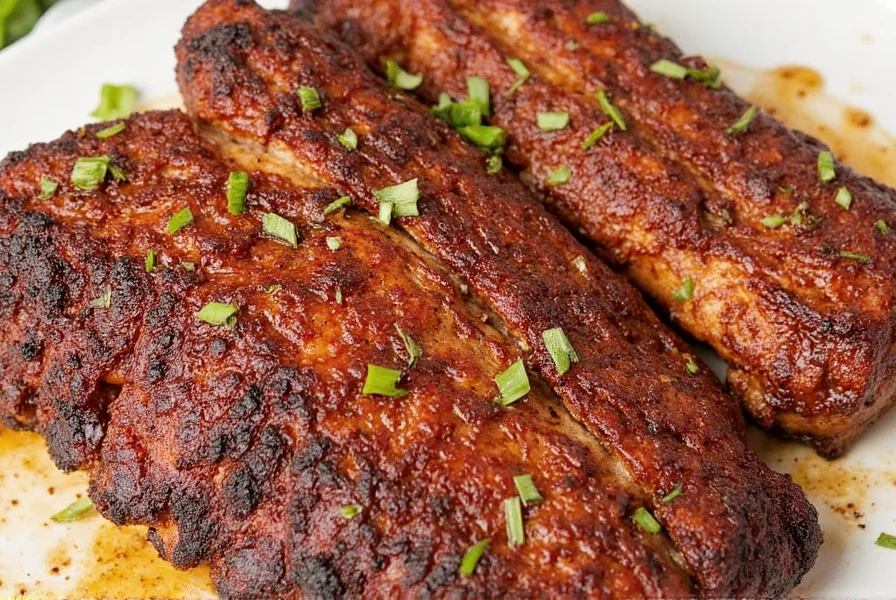
- Features: Pre-mixed popular blends, customizable options
- Advantages: Saves time, ideal for beginners
- Best For: new cooks or gift givers
- Occasion: Housewarming gifts or beginner grilling parties
Frequently Asked Questions About Rib Seasoning
What is the best salt for rib seasoning?
Kosher salt is the best choice for rib seasoning due to its consistent texture and even absorption. Its larger crystals penetrate meat better than table salt, while sea salt works well as a finishing touch for added complexity. Avoid iodized table salt as it can impart a metallic taste.
How long should I let the dry brine sit on ribs?
For optimal results, let dry brine sit on ribs for 12-24 hours in the refrigerator. This allows salt to penetrate deeply while drawing out moisture that later reabsorbs with flavor. Never exceed 48 hours as it can make the meat overly salty.
What's the difference between wet and dry rubs for ribs?
Wet rubs (mixed with oil or mustard) adhere better to meat and create a moist crust, ideal for shorter cooking times. Dry rubs (pure ground spices) form a flavorful bark during long smoking, which is essential for traditional BBQ ribs. For authentic smoked ribs, dry rubs are preferred as they allow the crust to develop properly.
How do I store my spice blends for maximum freshness?
Store spice blends in airtight containers away from heat and light. For long-term storage (over 3 months), refrigerate or freeze blends containing chili powders or fresh herbs. Always label containers with the date to track freshness—most blends stay potent for 6-12 months when stored properly.
What wood chips pair best with rib rubs?
Hickory works perfectly with classic BBQ rubs containing brown sugar and paprika. Applewood complements sweeter rubs with maple or honey. For spicy rubs with cayenne, mesquite provides a bold, smoky backdrop. Always soak wood chips for 30 minutes before smoking to ensure consistent smoke production.
Conclusion
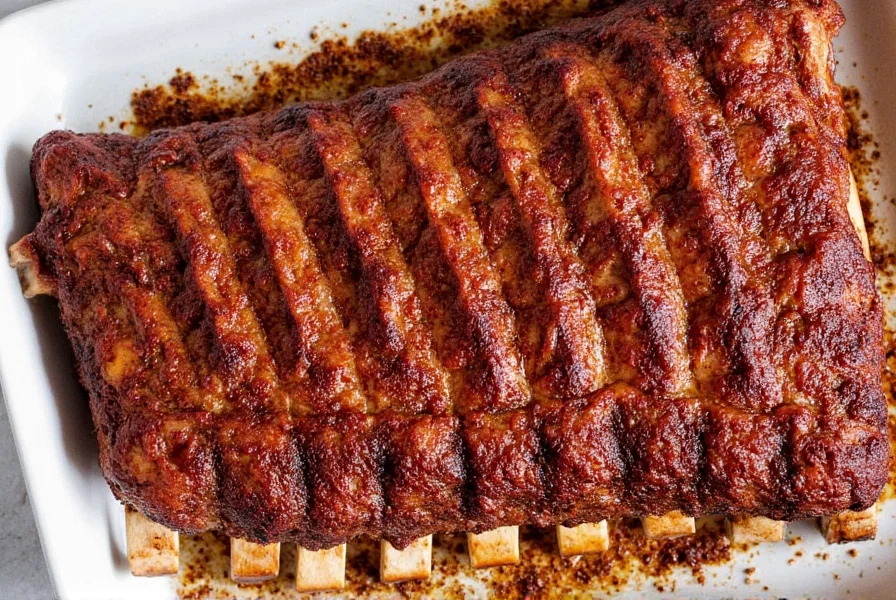
Ribs aren't just about meat—they're a canvas for your spice creativity. With the right techniques and storage hacks, you can transform simple cuts into culinary masterpieces.
Whether you're experimenting with smoke profiles, mastering the art of the dry rub, or investing in quality spice tools, remember this: the journey to perfect ribs is as rewarding as the final bite.
So fire up that grill, dust off those spice jars, and get ready to wow your guests with flavor-packed ribs that will have everyone asking, "How'd you do that?"











 浙公网安备
33010002000092号
浙公网安备
33010002000092号 浙B2-20120091-4
浙B2-20120091-4